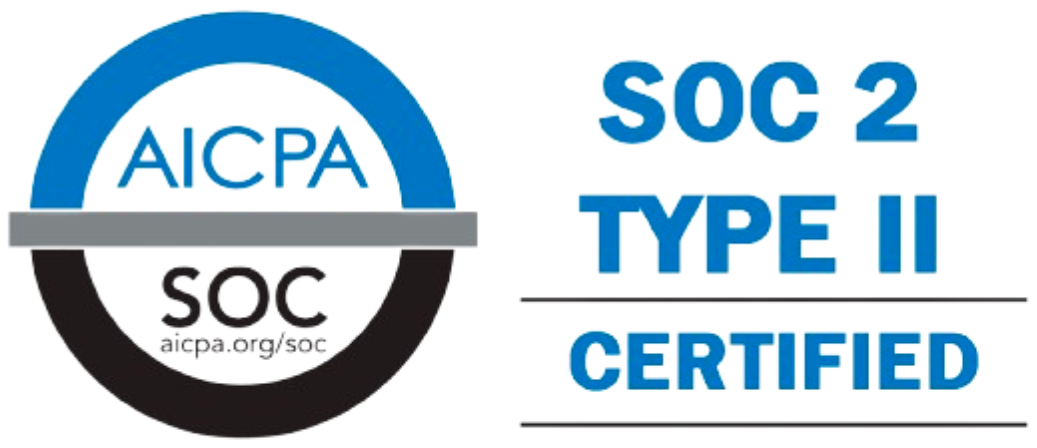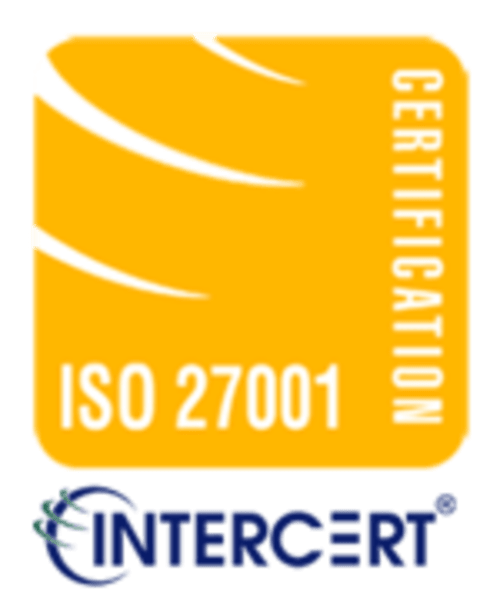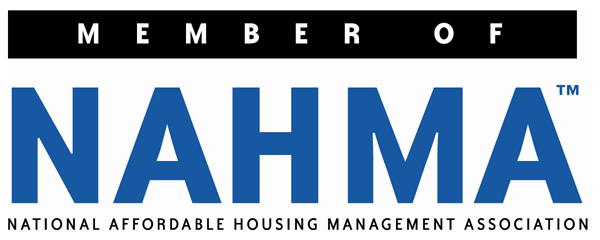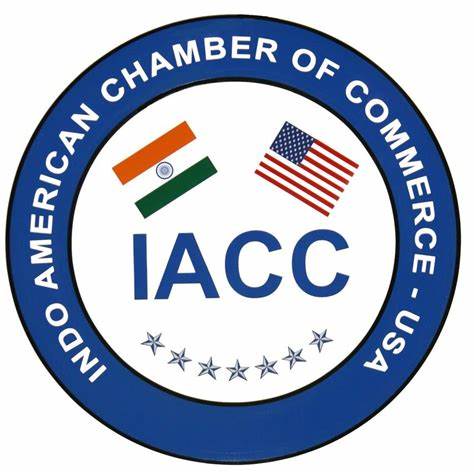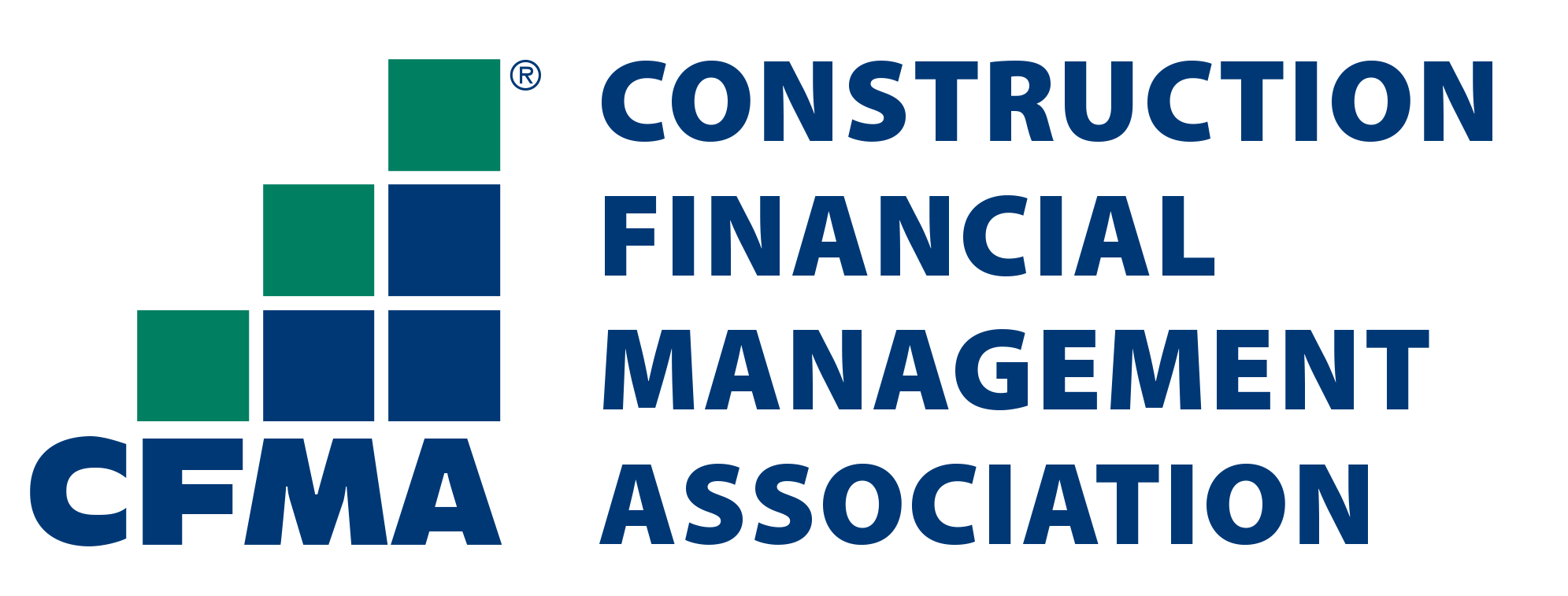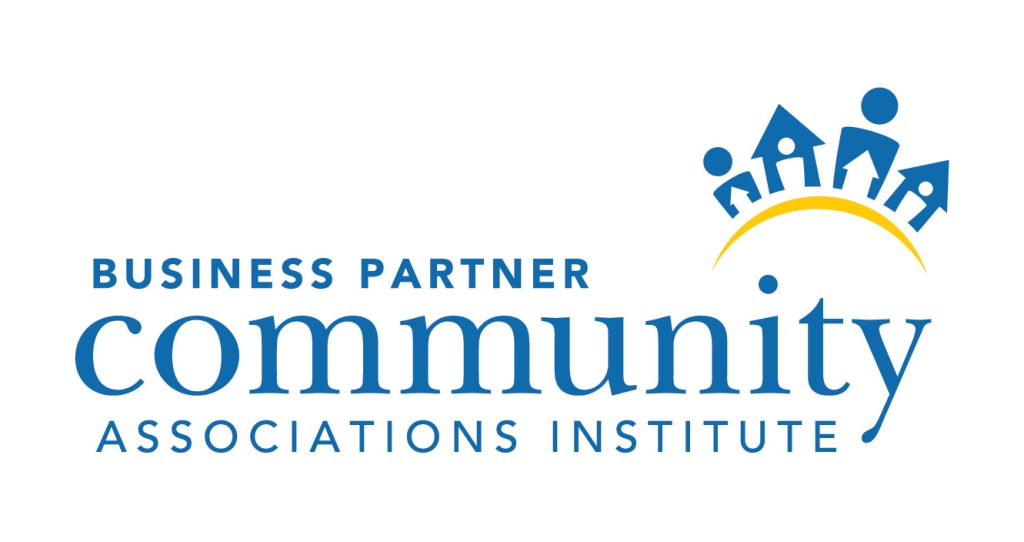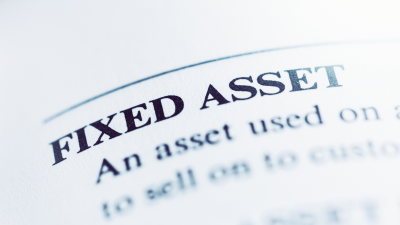
Fixed Asset Accounting Made Simple: Avoiding Costly Mistakes and Staying Compliant
- April 29, 2025
- OHI

Effective fixed asset accounting plays a vital role in ensuring the financial health and operational efficiency of any organization. From accurately tracking assets to complying with legal and financial standards, managing fixed assets is much more than a series of accounting entries. Mistakes in this area can lead to financial misstatements, tax inaccuracies, or even non-compliance penalties. This blog will guide you through the essentials of fixed asset accounting, highlight common mistakes, and provide actionable tips to help you stay compliant and avoid costly errors along the way.

Fixed assets are long-term tangible assets used in the operations of a business. Examples include buildings, machinery, equipment, vehicles, and furniture. These assets are generally not intended for immediate sale but are instead used to generate business revenue over an extended period.
Proper accounting for fixed assets ensures accurate financial reporting, optimized tax benefits, and informed decision-making for future investments. Mismanagement, on the other hand, can hinder growth and expose your organization to legal and financial risks.
Understanding these qualities is the first step toward effectively managing and accounting for fixed assets.

Fixed asset accounting holds significant importance for several reasons:
Without accurate fixed asset accounting, businesses risk financial inaccuracies, tax penalties, and possible non-compliance penalties.

Failing to manage fixed assets effectively can lead to long-term consequences. Here are some of the most common mistakes to watch for:
A fixed asset register (FAR) is a detailed record of all assets owned by the company, including their location, cost, date of acquisition, useful life, and depreciation. Skipping this crucial step results in disorganized asset management, asset misplacement, and under- or over-reporting of asset values.
Grouping different types of assets incorrectly can distort depreciation and financial reporting. For example, classifying machinery as office equipment can lead to compliance issues when depreciation rates differ.
Depreciation accurately reflects the decline in the value of an asset over time. Organizations that fail to calculate or incorrectly apply depreciation may report inflated asset values, leading to inaccurate tax filings and financial statements.
Disposal or retirement of assets occurs when they are sold, scrapped, or no longer in use. Many businesses neglect to update their records after such events, resulting in ghost assets (assets that no longer exist but are still listed in the register).
Relying solely on records without physically verifying assets can lead to discrepancies. Assets may be misplaced, lost, or damaged without being accounted for.
Accounting standards and tax regulations often change. Failing to stay updated can result in non-compliance and penalties.
Businesses often mistakenly capitalize routine maintenance costs, overstating the value of assets. Maintenance should typically be recorded as an expense, not as an addition to the asset’s value.
By understanding and actively avoiding these mistakes, businesses can improve their fixed asset accounting and maintain compliance with prevailing standards.

Below is a comparison table highlighting the key differences between manual and automated fixed asset accounting.
| Aspect | Manual Accounting | Automated Accounting |
|---|---|---|
| Accuracy | Prone to human error during data entry and calculation. | Highly accurate, with automated error checks. |
| Time Efficiency | Time-consuming, especially for large volumes of data. | Processes are faster with real-time updates. |
| Record Management | Paper-based or maintained in spreadsheets. | Centralized digital database with easy accessibility. |
| Compliance Tracking | Requires constant manual updates for new regulations. | Automatically updates to reflect regulatory changes. |
| Audit Readiness | Complicated, requiring manual record consolidation. | Simplified with built-in audit reports and logs. |
| Scalability | Challenging to manage as the organization grows. | Fully scalable to accommodate growing asset lists. |
| Cost | Low initial investment but high labor costs over time. | Higher initial cost but cost-effective in the long run. |
Automation significantly improves efficiency and accuracy while providing long-term cost savings despite the initial investment.

Implementing the following best practices ensures simplified fixed asset accounting and compliance:

The field of fixed asset accounting is constantly evolving. Emerging technologies are set to transform how organizations manage and account for their assets. Here are some key trends shaping the future:
AI-driven analytics tools can identify patterns in asset utilization, predict maintenance needs, and optimize asset performance. AI can also streamline compliance by analyzing regulatory changes and their impact on asset accounting.
Blockchain provides a secure and tamper-proof ledger for asset transactions. This technology enhances transparency, especially in industries like logistics, where assets frequently change hands.
IoT devices equipped with sensors can provide real-time data on asset location, performance, and usage. This enables businesses to track assets over their lifecycle with unparalleled accuracy.
Cloud-based ERP systems are becoming the backbone of fixed asset management. They ensure that data is accessible across multiple locations while enhancing security and scalability.
Using data-driven predictive models, businesses can anticipate repairs, plan disposals, and optimize resource allocation more effectively.
Companies are shifting focus to sustainability by adopting practices like recycling and upcycling of assets. This trend reflects growing compliance with environmental regulations.
Robotics can automate asset audits and physical verifications, reducing the need for manual labor and improving speed and accuracy.
By aligning with these technological advancements, businesses can make significant strides in fixed asset accounting, ensuring they remain competitive and forward-thinking.

Accurate fixed asset accounting is an essential component of financial management. Avoiding common mistakes, leveraging automation, and staying informed about regulatory changes will ensure compliance and unlock potential cost savings. Future advancements like AI, blockchain, and IoT offer exciting opportunities to revolutionize fixed asset accounting. Organizations that adopt these innovative solutions can expect improved efficiency, enhanced compliance, and sustainable growth. Start addressing your fixed asset challenges today to pave the way for a seamless and future-ready accounting framework.
Contact us for a customized NO OBLIGATION proposal for outsourcing your accounting activities.
